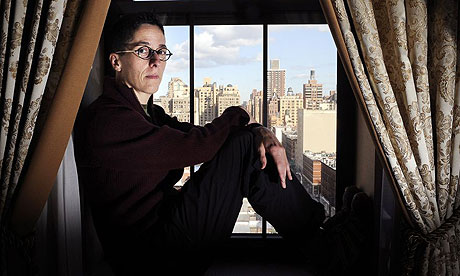I'm a big fan of Atwood. She had me at
The Handmaid's Tale and has been captivating me ever since. In
Cat's Eye, Atwood details the life of a reclusive painter Elaine Risley, with a focus on her disturbing childhood filled with bullying and manipulation at the hands of 9-year-old girls. It's not wonder that as Elaine grows older she struggles with her femininity and the company of women.
I remember thinking when the girls were born, first one and then the other, that I should have had sons and not daughters. I didn't feel up to daughters, I didn't know how they worked. I must have been afraid of hating them. With sons I would have known what to do... As for girls, my girls at any rate, seem to have been born with a protective coating, some immunity I lacked.
This book is about growing up and going back home. Per usual, Atwood includes elements of social and feminist comment in her work, exploring the idea of adulthood and questioning whether one can ever truly grow up. She also implies a sense of disillusionment in adulthood - that it is filled with greed and selfish motives, an evil children share as well, but don't expect to be prominent in their adult lives.
The world is being run by people my own age, men my age, with falling-out hair and health worries, and it frightens me. When the leaders were older than me I could believe in their wisdom, I could believe they had transcended rage and malice and the need to be loved. Now I know better, I look at the faces in newspapers, in magazines, and wonder: what greed, what furies drive them on?
She also highlights the relationship between the past and the present, and the overwhelming influence our history can have over our everyday life. She interweaves the past and present - both in the plot and in her structure to suggest time has a shape "like a series of liquid transparencies, one laid on top of the other."
Of the Atwood I have read, this one is especially heavy in feminist themes.
Cat's Eye explores women's relationships with one another, specifically the repression we inflict on one another. The novel is preoccupied with the question of when a girl can call herself and woman and the implications of these distinctions.
Cat's Eye is a side of Atwood I hadn't yet read and I enjoyed every minute of it. She is a master of language and relates the story of a dysfunctional life beautifully.
Publisher: Anchor Books, 1988



















